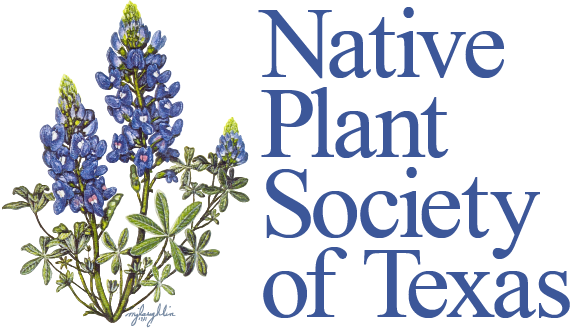Volunteer 2022

Our NPSOTH “Zoo Crew”
Volunteer for Workdays at the Joint NPSOT-H / GCMN (Gulf Coast Master Naturalist) Native Plant Garden at the Houston Zoo
The native plant garden at the Houston Zoo was started by NPSOT-H member Lisa Yelenick in 2008. Today it is jointly managed by the Native Plant Society of Texas – Houston Chapter and by the Texas Master Naturalist – Gulf Coast Chapter (GCMN) and chaired by NPSOT-H’s Sally Hilliard. Thanks to regular maintenance by our joint organizations and wonderful support by the Houston Zoo the beds under our care have expanded from one to three. The Maverick Bed is at the entrance to the Children’s Zoo and two others are inside.
Workdays are on weekday mornings (during the Zoo’s horticulture team’s working hours), approximately once per month. What’s extra fun is to see the zoo before the crowds arrive, and have the opportunity to continue your visit once our work morning is completed. Come when you can!
Contact Sally Hilliard to have your name added to our listserv, to receive an email when a work day is planned. sallyhilliard2@gmail.com
Thanks so much for joining the team to keep our Native beds looking good.

Additional Volunteer Opportunities
We need your help with our outreach information/display booths. Please contact nphouston1@gmail.com if there are events we should attend, or if you would like to volunteer to attend events as a native plant liaison.
Calling on All Members to Help Serve on our Board Committees. We need your help!
We have big plans for 2022 and the few people on the Board cannot do all of this alone – we need you!
Please consider helping all of us to be more active and effective in our community by assisting in our programs and communications. Contact us by email at: nphouston1@gmail.com or send a message by chat during our monthly meeting and /or attend our next Zoom Board meeting on the 4th Tuesday of the month at 6:30 pm. You do not have to be on the Board to attend. Anyone can join any board or committee meeting by clicking this link at the scheduled time: Board and Committee Meeting Zoom Link
Volunteer with our Sister Organizations!
Memorial Park Conservancy Sign-Up Here
Coastal Prairie Conservancy View Volunteer Opportunities
Nature Discovery Center View Volunteer Opportunities
